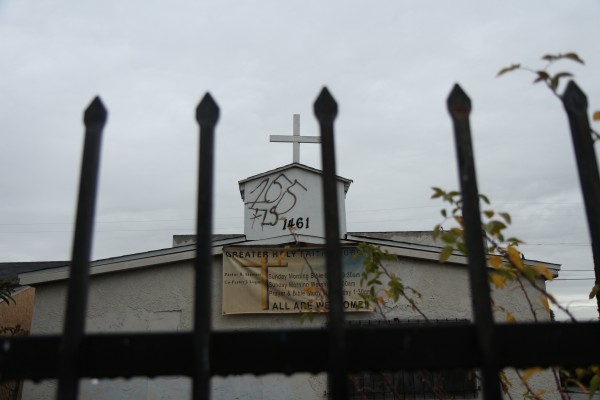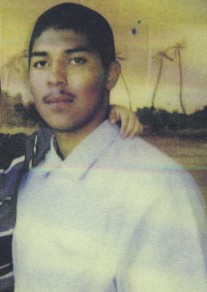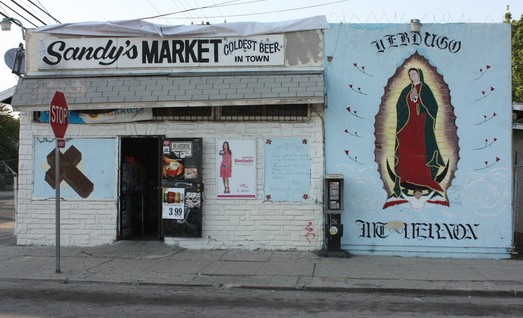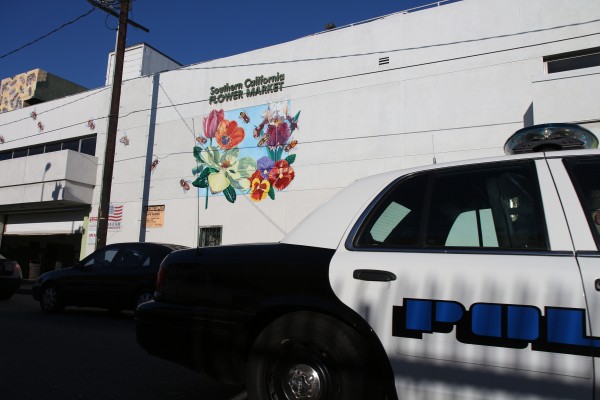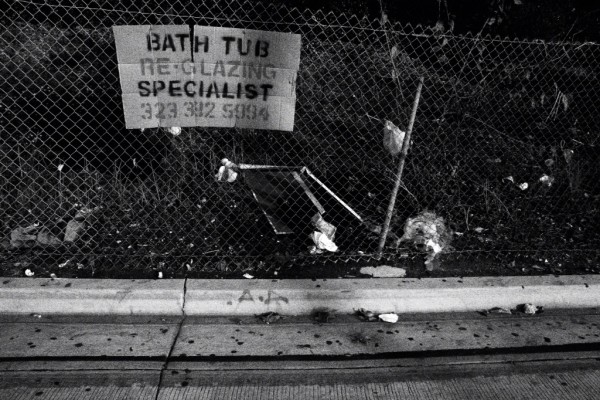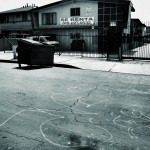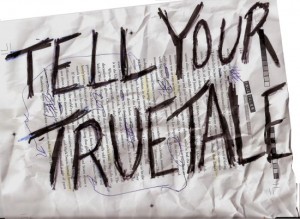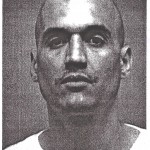Today’s RICO indictment of the El Monte Flores gang offers another glimpse of the Southern California gang underworld and how it’s changed.
EMF ran taxation of not just drug dealers but also of fake-document vendors on behalf of the Mexican Mafia prison gang, according to the indictment.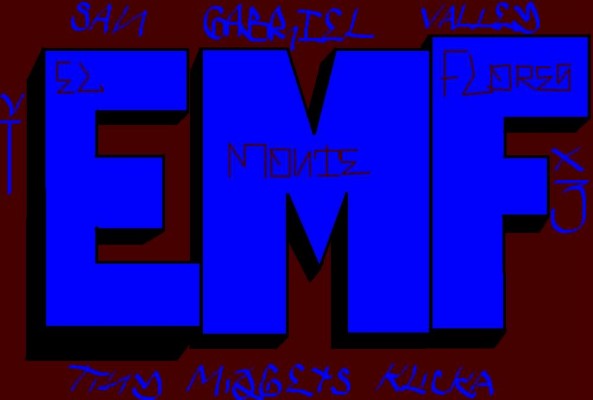
The gang also allegedly participated in the wave of race-hate crimes by Latino street gangs against blacks, ordered up by Mexican Mafia prison gang members.
For several years during the late 1990s and well into the 2000s, Latino street gangs were the county’s leading, and by far the most violent, perpetrators of race hate crimes.
This is about the 7th or 8th indictment of a Latino gang alleging this. Others include Hawaiian Gardens 13, Azusa 13, Avenues, Florencia 13, etc.
El Monte Flores – from El Monte and South El Monte – is one of those Latino street gangs that grew up in the numerous barrios that emerged in post-WWII Southern California, places where Mexican-American workers lived.
Now, 50+ years later, the gang, like virtually all Latino gangs in the region, pays homage and obedience to the Mexican Mafia. In this case, the orders allegedly come from an Eme member named James “Chemo” Gutierrez, who just finished a 20-year federal sentence for murder in time to catch this indictment.
Reading between the lines of the indictment, Gutierrez took over in 2007 for Frankie “Frankie B” Buelna, the long-time Mexican Mafia member who was killed in a bar fight in Pomona and before his demise controlled many of the gangs in the San Gabriel Valley.
What’s interesting about these RICO indictment is how they have become almost as routine as morning coffee.This is the 25th or 26th in the last six or so years. So many that the US Attorney apparently no longer holds press conferences to announce them.
Still, the indictments are powerful things and have gone a long way toward changing gang activity in the region.
Federal prison sentences are longer than state time. There’s no parole. Plus, guys are sent to prisons in South Carolina, or Arkansas, or Minnesota – far from friends and family. No girlfriend’s going to be visiting any gang member in Arkansas. Plus, so many gang members are wrapped up in each indictment. the EMF was tiny, with 41. The Florencia and HG13 indictments each involved over 100 defendants.
The effect has been to either neutralize many gangs, or force them underground, giving the neighborhoods a welcome breather from the constant blight, graffiti, shootings etc that for so many years accompanied the presence of any LA street gang.

